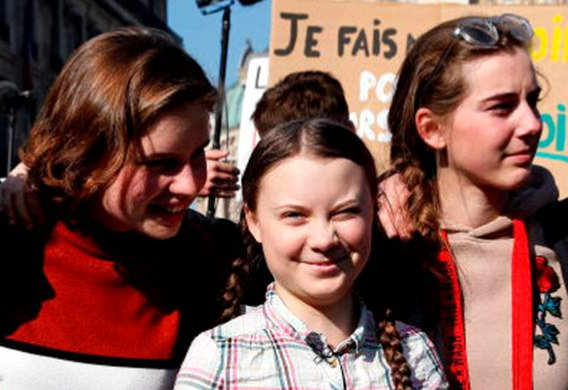Myanmar’s ‘minimal preparations’ for Rohingya refugee return
Myanmar has made “minimal” preparations for the return of hundreds of thousands of Rohingya Muslim refugees sheltering in neighboring Bangladesh, according to an Australian think-tank, despite the country saying it is ready to start repatriation.
More than 700,000 Rohingya were forced to flee northern Rakhine state in western Myanmar during a 2017 military-led crackdown the United Nations has said included mass killings and gang-rapes executed with “genocidal intent”. Almost 400 Rohingya villages were burned to the ground during the violence.
A Reuters investigation in December 2018 found that the authorities have built houses for Buddhists in former Rohingya areas. A resettlement map drafted by the government revealed that refugees, rather than returning to their original villages, would be herded into several dozen Rohingya-only settlements.
While authorities have promised to resettle the refugees, analysis of satellite imagery shows “no sign of reconstruction” in the overwhelming majority of their former settlements while, in some areas, destruction of residential buildings has continued, the Australian Strategic Policy Institute (ASPI) said in a report released July 23.
The AHA Centre report, leaked to the media in June, has predicted that half a million refugees would come back within two years.
The UN has said conditions in Rakhine are not yet conducive for returns.
[Reuters]

 This group of schoolchildren are part of an ever-growing movement. In May, more than a million children in 1,600 towns in at least 125 countries took part in the school strikes for justice.
This group of schoolchildren are part of an ever-growing movement. In May, more than a million children in 1,600 towns in at least 125 countries took part in the school strikes for justice.